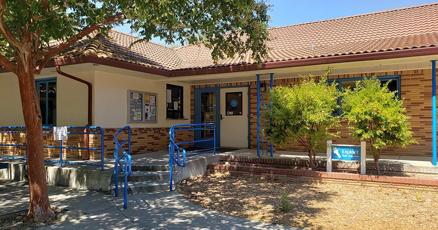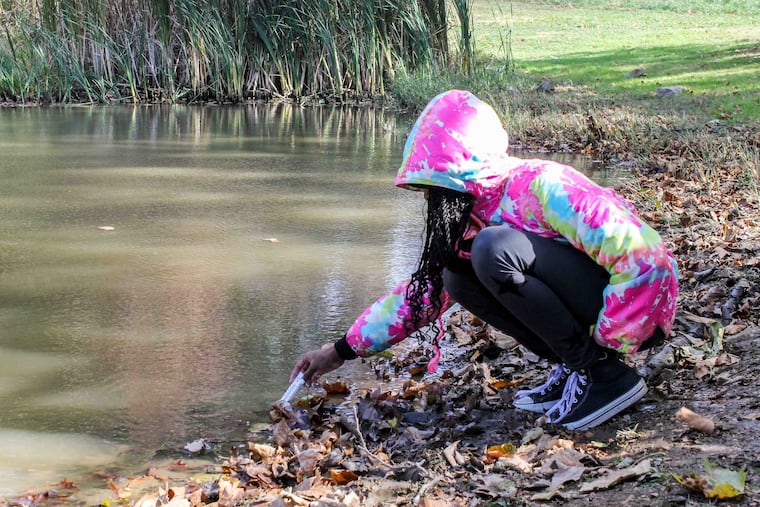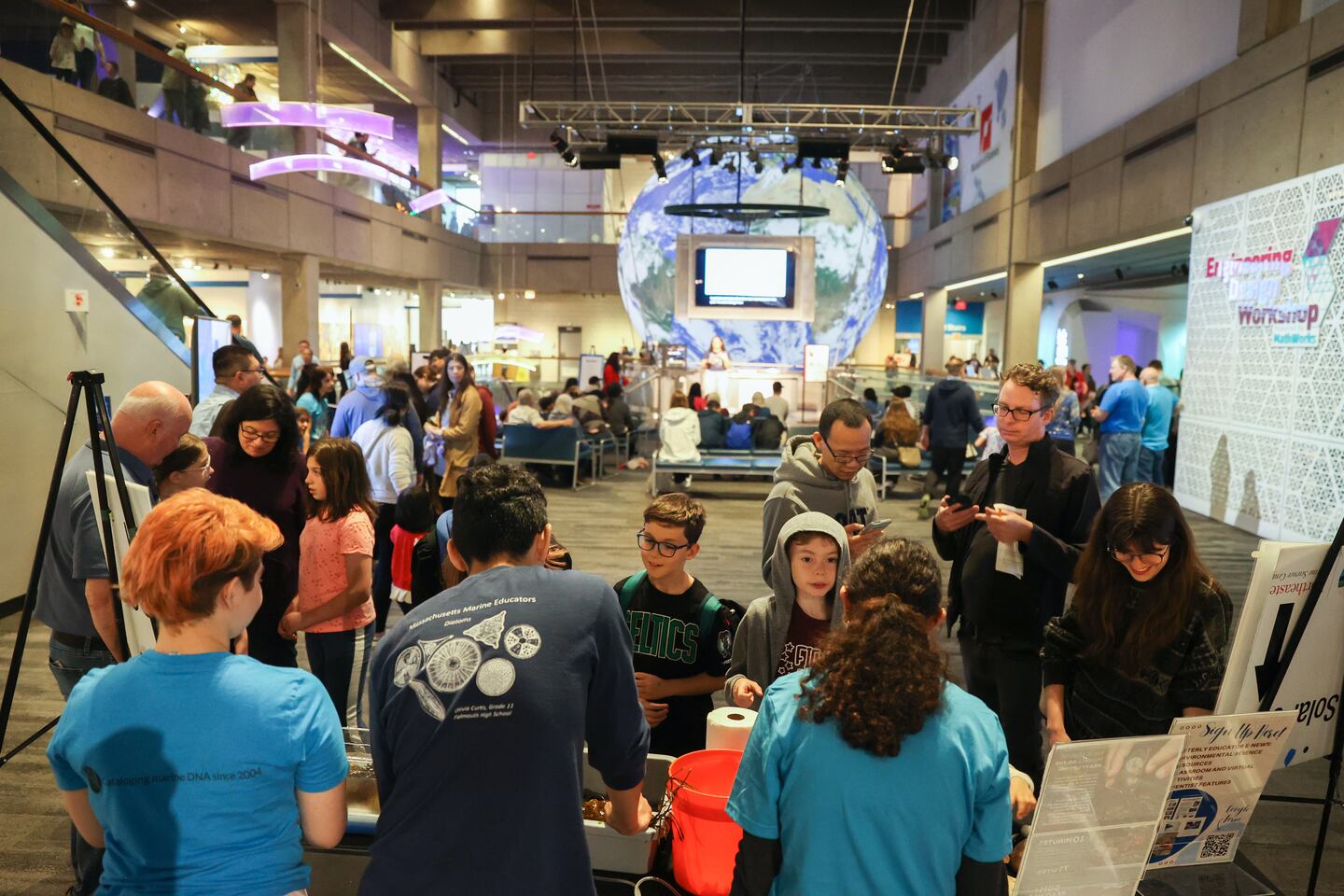
Science Lovers Unite: Explorit's Big Fundraising Showdown on Giving Day
Heartfelt Gratitude: Explorit Celebrates Community Support
Over the past few months, Explorit has been deeply moved by the incredible wave of support from our community. For over four decades, we have been dedicated to sparking scientific curiosity and inspiring young minds to explore the wonders of science.
Our journey of nurturing scientific exploration has been made possible by the unwavering support of local residents, educators, families, and science enthusiasts who believe in our mission. The outpouring of community love and encouragement has been both humbling and motivating.
As we continue our commitment to science education, we want to express our sincerest thanks to everyone who has stood by us, donated, volunteered, or simply shared our passion for scientific discovery. Together, we are building a brighter, more curious future.









